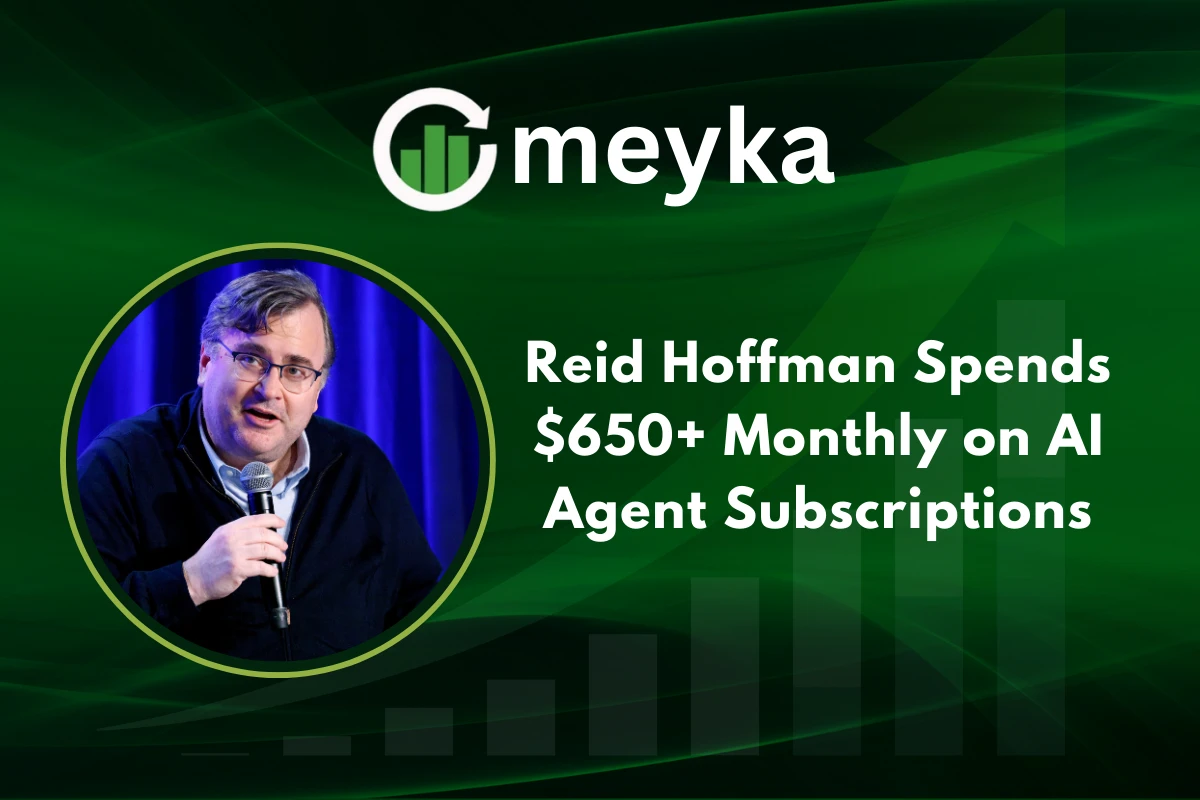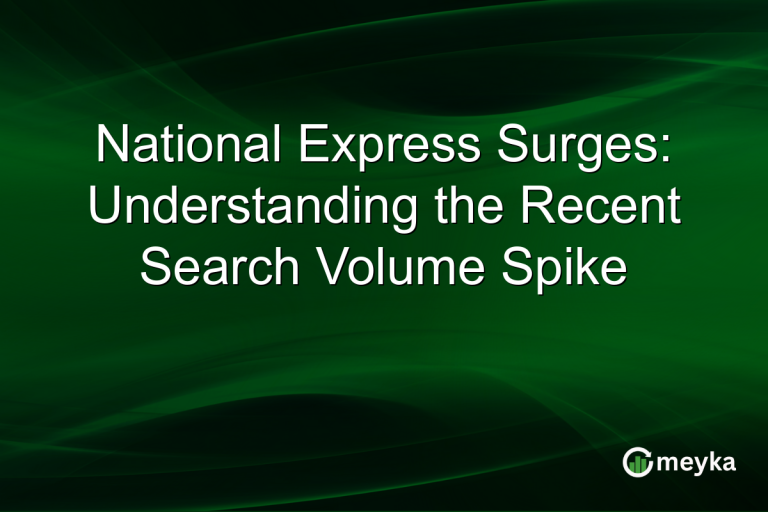Reid Hoffman Spends $650+ Monthly on AI Agent Subscriptions
Reid Hoffman, co-founder of LinkedIn and veteran venture capitalist, says he spends more than $650 a month on AI agent subscriptions. That number grabbed headlines. It also offers a clear window into how senior tech leaders use AI today. This article explains what Hoffman is doing, why he pays for many tools, and what the habit means for startups and executives.
Reid Hoffman’s background and AI habit
Reid Hoffman is best known as a LinkedIn co-founder and a longtime investor in tech and AI. He has a public voice on the future of AI. Recently, on the podcast Moonshots with Peter Diamandis, Hoffman described his personal AI workflow: he subscribes to top AI agents at their highest tiers and runs the same prompt across them.
Then he compares and combines the results. He calls this doing the max subscription across agents.
What he actually said
Hoffman explained he will “run it on ChatGPT, run it on Copilot, run it on Gemini, run it on Claude,” and then integrate the outputs. That practice helps him test different models and synthesize the best answers. It’s a tactic for fast, thorough research.
Reid Hoffman: the cost breakdown
Hoffman’s claim has a clear price tag in reporting. Top pro-level subscriptions can be expensive. Public reporting lists ChatGPT Pro pricing, Google’s Gemini pro tiers, and other agent fees that together can push monthly costs past $650, even before adding workplace tools like Microsoft Copilot or Office 365. For a heavy, daily user who runs multiple agents, the bills add up quickly.
Why the numbers matter
Those dollar figures show one thing: serious AI workflows require recurring spend. For executives who value time and quality, multiple subscriptions can be cheaper than lost hours. Hoffman’s approach turns subscription fees into paid research capacity.
Reid Hoffman’s reasoning: depth, speed, and redundancy
Hoffman says his first step is to ask an AI for the best research prompt. He then runs that prompt across several agents. The result is richer than any single model’s output. He calls it a way to ask the right question and then triangulate better answers. In short: speed, depth, and cross-checking.
How does that help entrepreneurs
For founders and VCs, having multiple agents means faster diligence and broader idea scans. It reduces the chance that a single model’s blind spot will shape a decision. Hoffman treats the subscriptions like tools in a lab; each produces different insights.
Industry reaction and what it signals
What reporters and analysts noticed
Journalists and analysts framed Hoffman’s habit as a signal rather than an oddity. On one hand, it underlines how costly a robust AI toolkit can be. On the other hand, it highlights a practical route to better research for leaders with the budget to experiment. Coverage in outlets like Business Insider and Benzinga emphasized both cost and method.
Executive adoption trends
Hoffman’s behavior reflects a wider trend: execs and investors are buying AI subscription capacity as part of their operating toolkit. This goes beyond hype. Leaders who use many agents are effectively outsourcing parts of their thinking to diverse models. That can speed decisions and expose new ideas faster.
Reid Hoffman: Does $650 a month make sense?
For some people, yes. For many, no.
If you are a billionaire investor or a VC making decisions worth millions, $650 a month to get better, faster answers is small. Hoffman’s net worth and role make the cost trivial compared with the value of faster decision cycles. For most professionals and small teams, the sum is significant and must be weighed against real productivity gains.
Cost versus benefit
Think of subscriptions like rented computing and expertise. If a prompt runs across multiple agents and saves hours of research or avoids a bad investment, the subscription pays for itself. But that requires disciplined use: many users pay and don’t extract full value. Hoffman’s claim implies he does extract value, daily, deliberately.
Reid Hoffman and product strategy: what startups should learn
Product and pricing signals
Hoffman’s approach sends two signals to startups. First, users will pay for consistent, high-quality AI output. Second, there is room for orchestration tools that run many agents for a user and synthesize results. Startups that can automate the “run across many agents and merge answers” flow could capture heavy users without forcing them to buy many subscriptions.
Opportunity for aggregator tools
Hoffman’s workflow creates product openings. Companies that can offer multi-agent orchestration, cost control, and unified billing could be very attractive to execs and teams. That is a clear market need: easier, cheaper multi-agent workflows.
Why does Reid Hoffman pay for so many AI subscriptions? He wants depth and cross-checks. Running the same prompt across agents gives different angles. For Hoffman, combined outputs equal better decisions.
Is this approach scalable for most teams? Not cheaply. Small teams can trial a subset of agents or use orchestration services. Full multi-agent subscriptions at pro tiers are a bigger cost for small businesses.
Risks and criticisms
Some critics argue that this habit deepens dependency on opaque models. Others say it increases spending without guaranteed gains. There is also the danger of model consensus bias: multiple agents trained on similar data may converge on the same error.
Hoffman’s practice mitigates, but does not remove, these risks. Responsible use and human oversight remain essential.
Conclusion: Reid Hoffman as a signal for the AI era
Reid Hoffman’s $650+ monthly AI spend is more than a vanity stat. It is a symbol of how leaders are treating AI tools: as indispensable, paid workhorses. For startups and product teams, it shows demand for multi-agent workflows, orchestration layers, and clearer ROI tools.
For professionals, it asks a simple question: will you pay to speed your thinking? Hoffman answers that for him, the cost is worth it. Readers should judge the value by their own time, scale, and decision stakes.
FAQ’S
Reid AI refers to Reid Hoffman’s approach of using multiple AI agents at once. He subscribes to leading AI platforms to compare outputs and improve decision-making.
Yes, premium AI subscriptions can cost hundreds of dollars monthly. Reid Hoffman revealed he spends over $650 per month on top-tier AI tools.
Reid Hoffman believes AI is a powerful assistant for research, creativity, and business strategy. He supports using multiple AI models to generate diverse insights.
As of 2025, Reid Hoffman’s net worth is estimated at around $2 billion, largely from co-founding LinkedIn and investing in major tech and AI ventures.
Disclaimer
This content is for informational purposes only and not financial advice. Always conduct your research.






